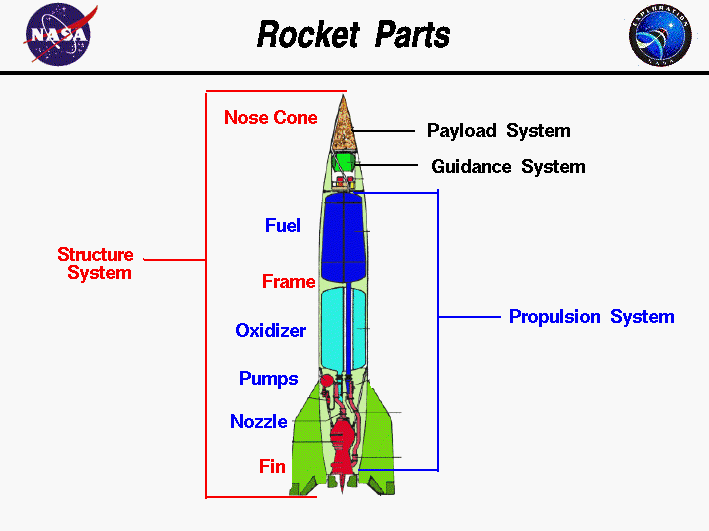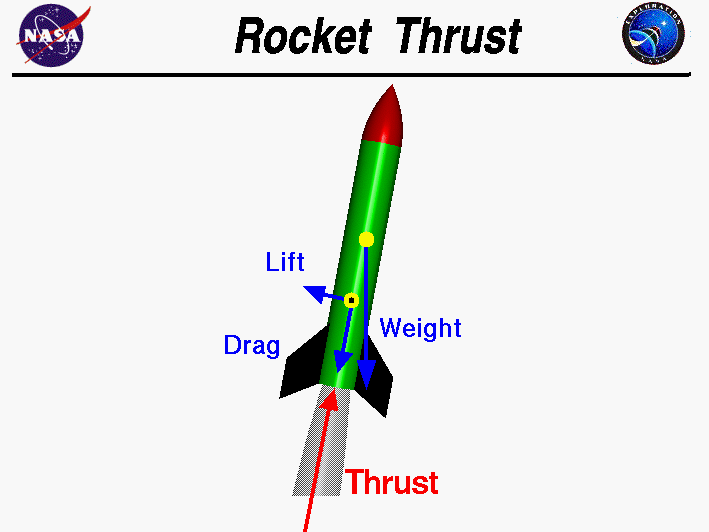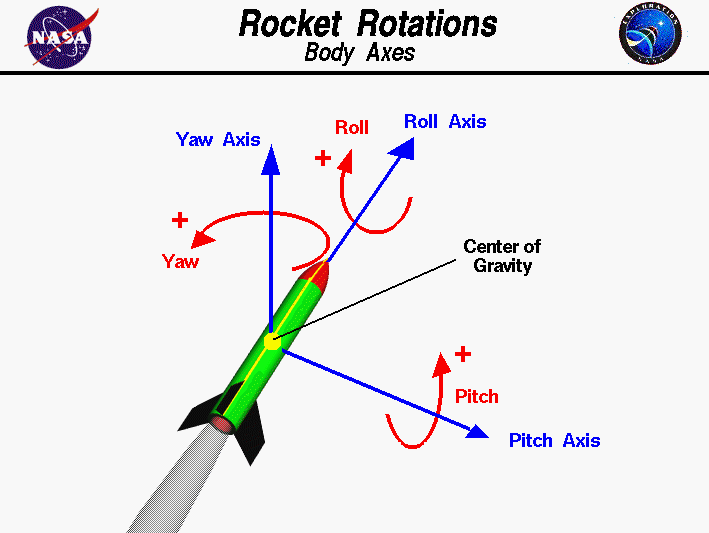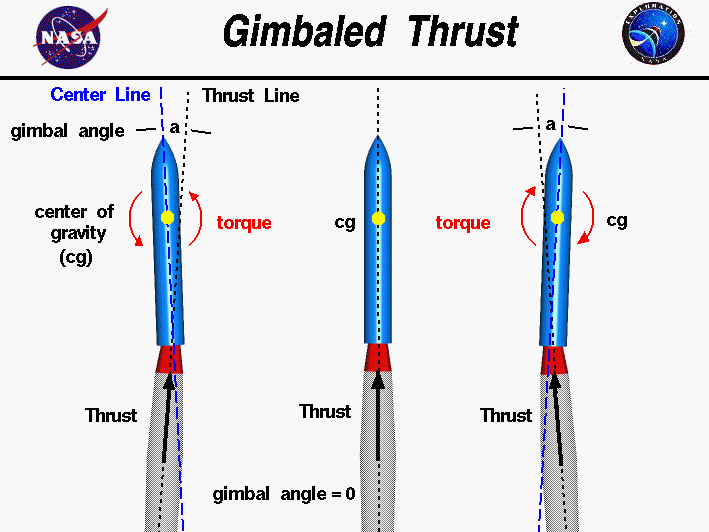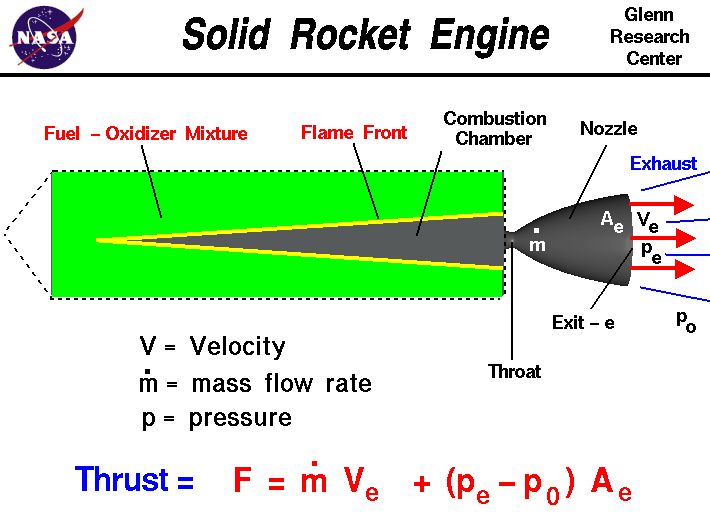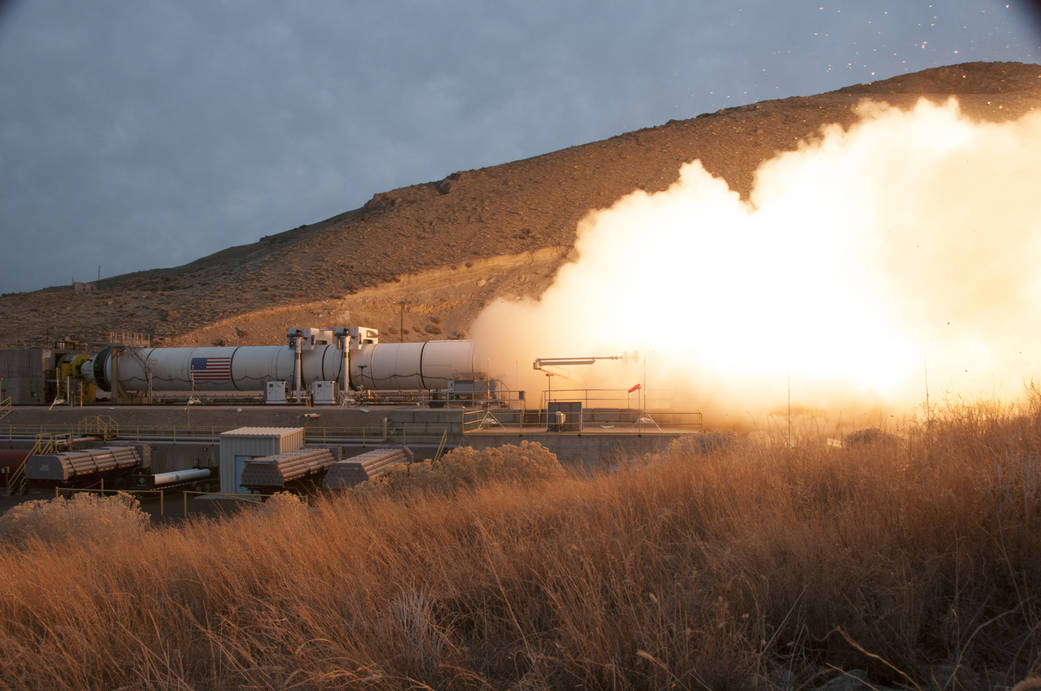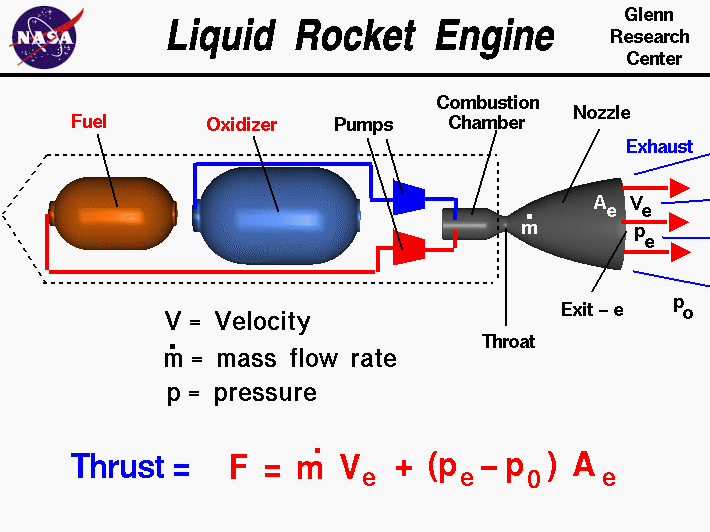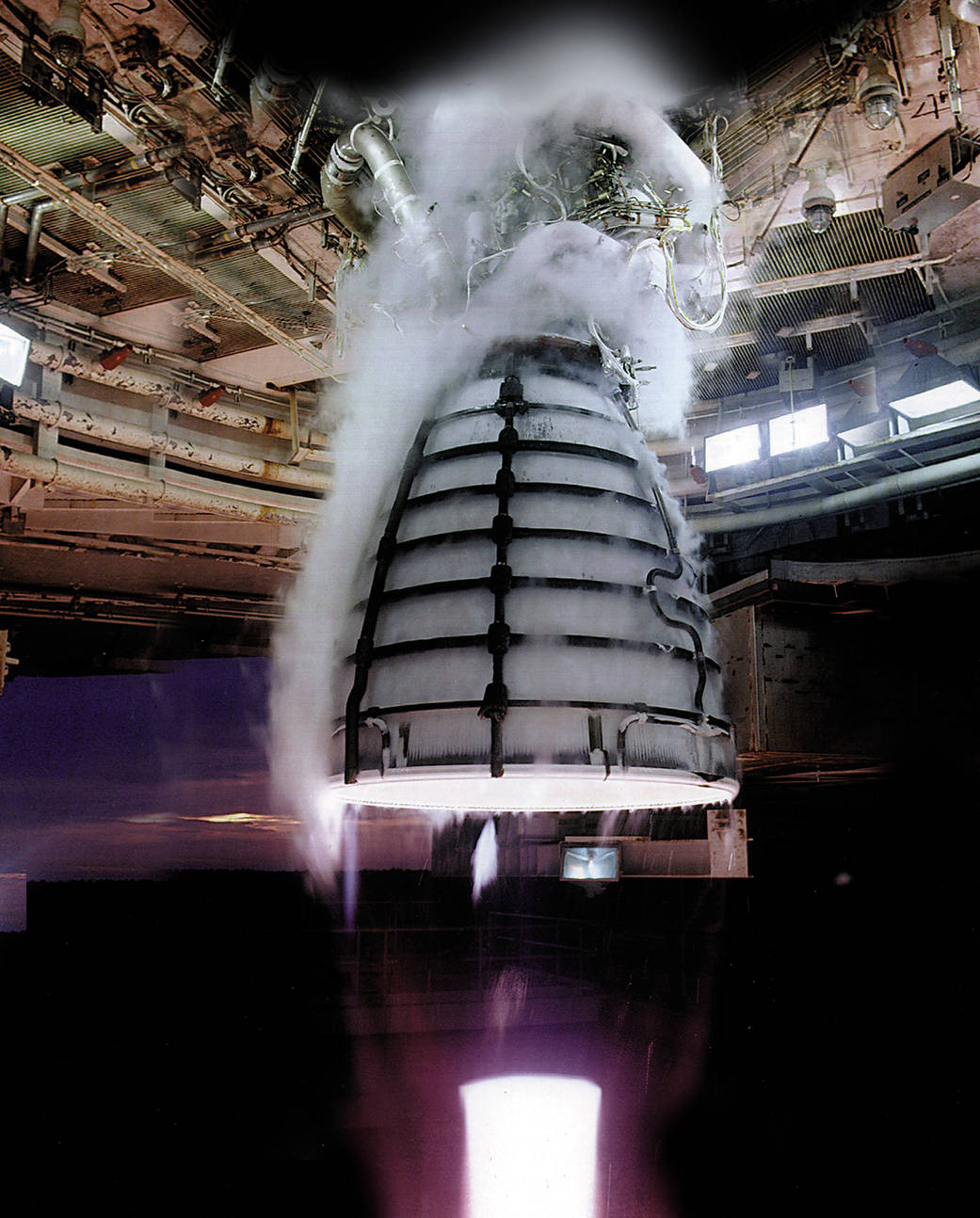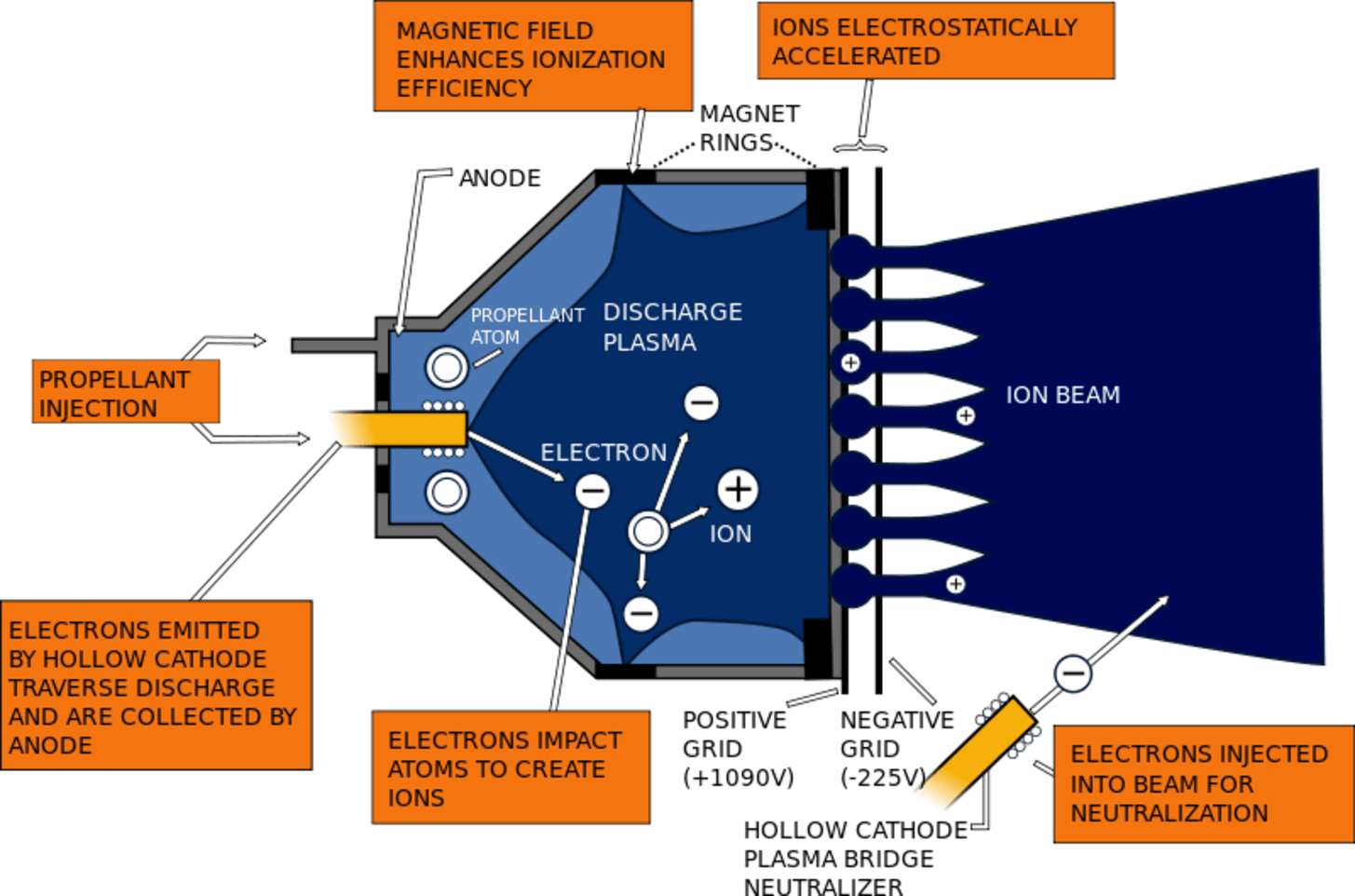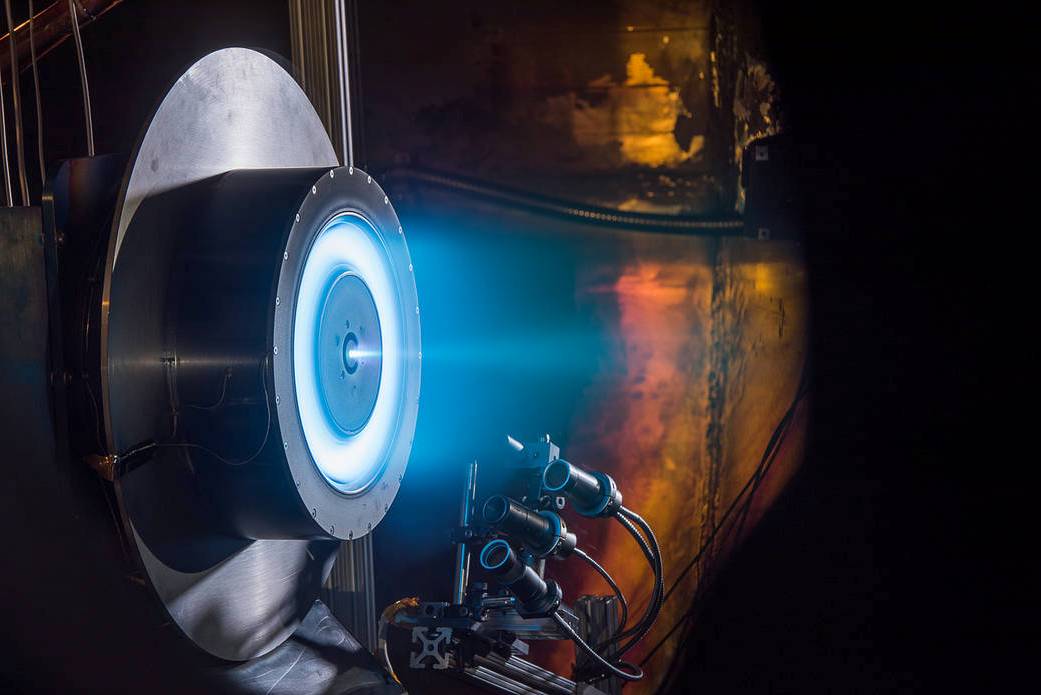Rocketry 101 | How Does A Rocket Work?
Controlled Explosions!
Want to learn about how a rocket works? Well, here you can enjoy learning all about them! From how a rocket engine works, what fuels they use, to why a rocket can work in space but jet engines can’t! Rockets are exciting machines to learn about and without these marvels of engineering – there’d be no human spaceflight or space exploration!

Enjoy Learning About How Rockets Work!
A rocket is a type of vehicle which generates thrust from a rocket engine. Rockets are typically used to accelerate a payload such as a satellite, warhead or spacecraft to tremendous speeds. For example, if a spacecraft wants to reach orbit around Earth, it needs to reach a height of over 160 kilometres and a speed of 28,080 kilometres an hour (17,500 miles per hour)! This means rocket engines need to be very powerful as they need to produce a lot of energy to achieve these high speeds!
So How Does A Rocket Engine Work?
When you blow a balloon up and let it go, the air rushes out of the bottom and ‘rockets’ the balloon in the opposite direction. This is similar to how a rocket works!
Similar to other engines, rocket engines work by burning fuel in a combustion chamber. This produces a large amount of gas. A rocket engine creates thrust by directing this exhaust gas in a specific direction.
The exhaust gas exits the rocket engine nozzle (known as a bell) at very high speeds; typically greater than the speed of sound! According to Isaac Newton’s third law of motion, which states “for every action, there is an equal but opposite reaction”, the rocket is propelled in the opposite direction!
Unlike engines in your car, or on a plane, a rocket engine doesn’t need oxygen from the surrounding air to work. A rocket carries all the fuel and oxygen it needs in its tanks. This is why rockets can work in space where there is no air for it to get oxygen from!
There are three main types of rocket engine depending on the type of fuel they use.
- Liquid fuelled – these burn energy dense liquids such as RP-1 rocket fuel or supercooled liquid hydrogen gas. These are often burnt with cooled liquid oxygen. Rockets such as the Saturn V, Delta IV Heavy and Falcon 9 all use liquid fuels.
- Solid rocket fuel – this type of rocket engine burns a highly flammable fuel/oxidiser powder. Once this rocket starts it can’t be throttled or shutdown. The large white boosters on the side of the Space Shuttle were solid fuel rockets. Fireworks also work similarly to this!
- Ion propulsion – This type of rocket engine produces low power but is a highly efficient rocket engine. It creates thrust by using electricity to ionize Xenon gas molecules to high speeds!
You can read more about rocket propulsion systems here!
More On How Rockets Work!
During a launch, a rocket’s engines must produce enough thrust to overcome the force of gravity (and drag) acting on the rocket. This accelerates the rocket upwards towards space. To increase the amount of payload or ‘cargo’ a rocket can lift into space, most rockets are made up of two or three rockets stacked on top of each other. These are called ‘stages’.
At liftoff, the first stage fires its rocket engines until all of its fuel is gone. It is then separated, in a process called ‘staging’, to drop the dead weight from the remaining rocket. It will then fall back into the ocean, a wilderness area, or burn up in the atmosphere. The next stage’s rocket engines then fire. This is designed to reduce the weight of the rocket which continues to climb higher and faster. This results in greater useful payloads reaching space.
Rockets can work in the vacuum of space because they don’t have wings and don’t need oxygen from the air to work. Unlike planes and cars, rockets don’t need air or the ground to push off to work either; they have everything they need on board. Rockets actually work better in space as there is no friction with the air (known as drag) slowing them down. The vacuum conditions also make the rocket engines more efficient.
For a rocket (or spacecraft) to change direction in the vacuum of space it can use either of three methods;
- Small thrusters on its sides to change the direction it is pointing
- Use ‘reaction wheels’ which a small electrically driven rotating masses
- Finally, the rocket can alter the angle of its engines nozzles, called gimbaling
Once in space and in its desired orbit, the rocket will deploy the payload; this maybe a satellite, cargo for the ISS or a space probe.
